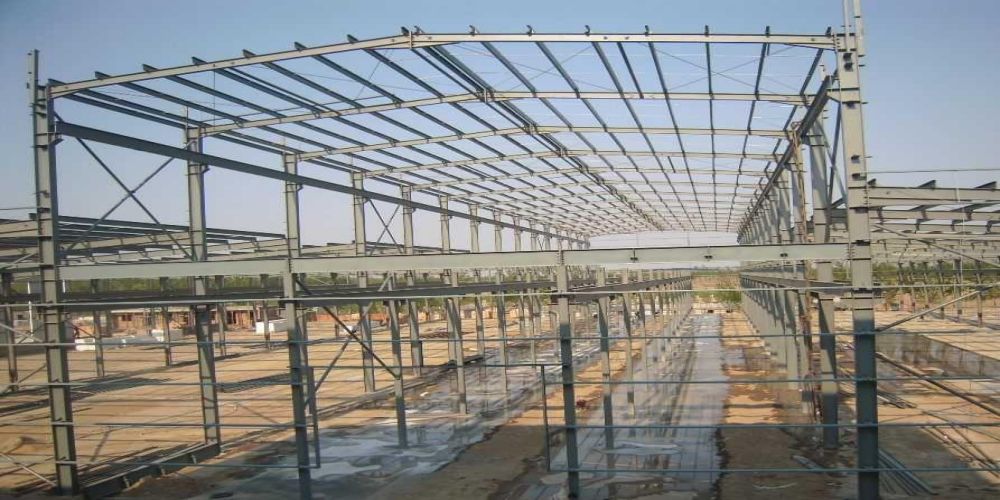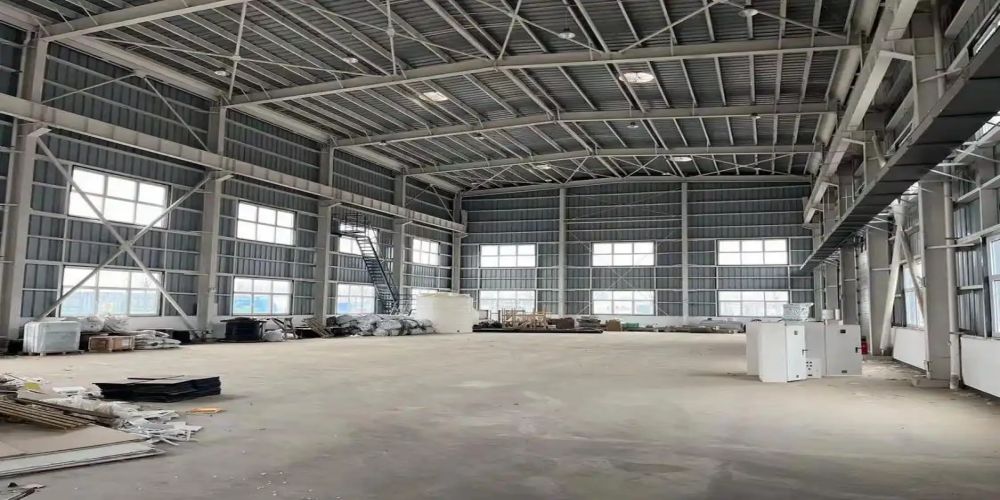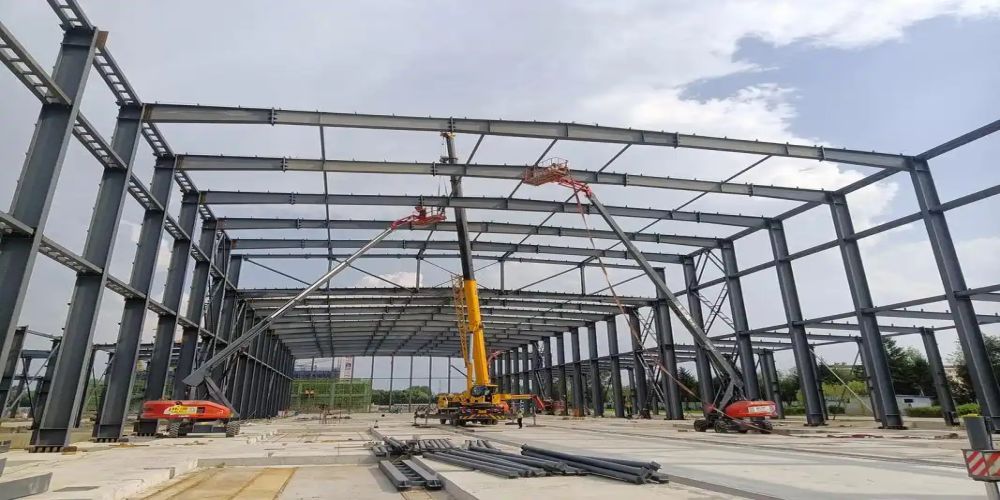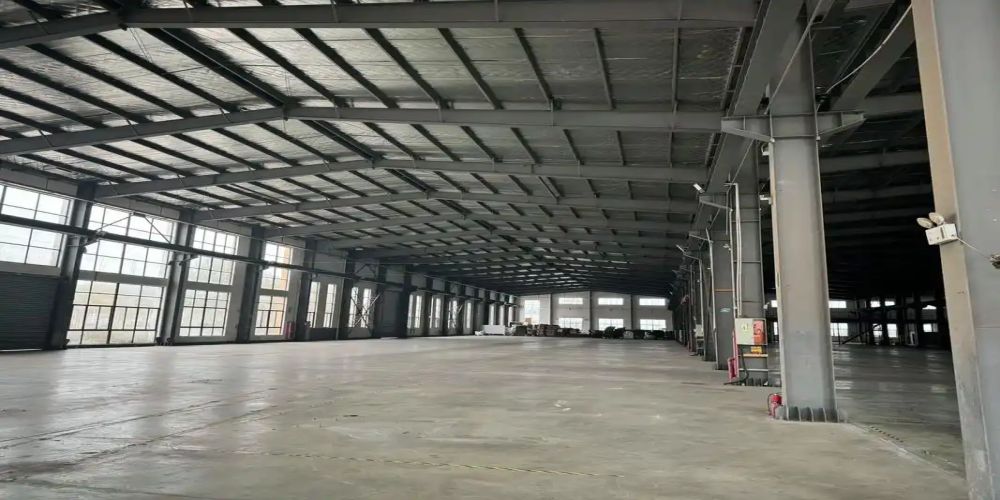Problems with taking the calculated in-plane length of a beam?
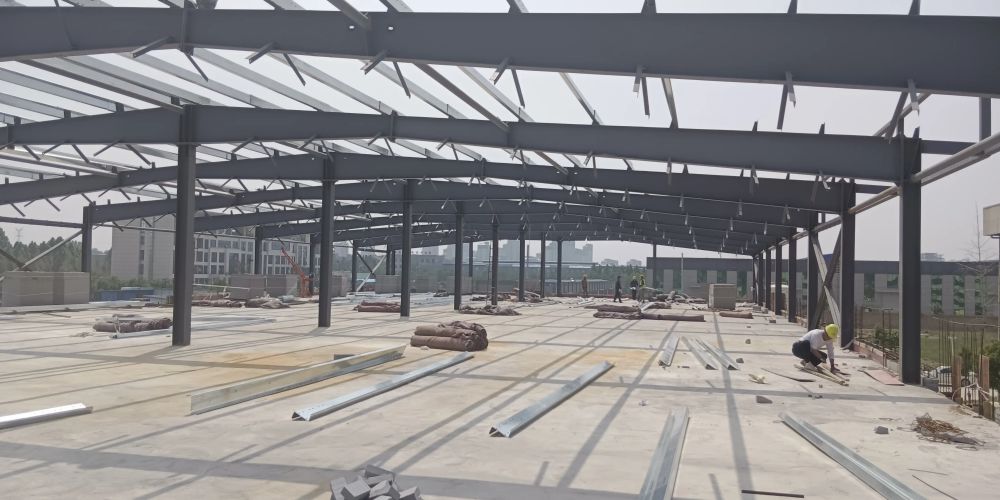
1, there is no axial force or axial force is very small bending member called beam; beam instability is only out-of-plane instability, the overall stability of the beam that is out-of-plane stability of the beam.
2, due to the beam does not have in-plane stability of the beam, the beam in-plane calculation of the length of the beam in general is meaningless, the sIS take the span of the beam for the beam in-plane calculation of the length of the beam.
3, the beam out-of-plane calculation of the length of the beam, – – – – – – – – – – – – – – – generally take the distance of the lateral support point, the out-of-plane beam stability depends on the overall stability coefficient, the overall stability coefficient contains the calculated length, the restraint at both ends of the beam, the point of load action and other factors.The out-of-plane stability of the beam depends on the overall stability coefficient of the beam, which contains factors such as the calculated length, the constraints at both ends of the beam, and the point of action of the loads.
4. The out-of-plane length of plane structures, whether they are axial compression, bending, or compression bending members, is generally taken as the distance from the lateral support point, and I think it is a result of the strong and weak axes of the members, and the out-of-plane and in-plane sections have poorer characteristics than the in-plane ones (such as the portal frame).The two end nodes can only be calculated as an articulated support point out-of-plane.

